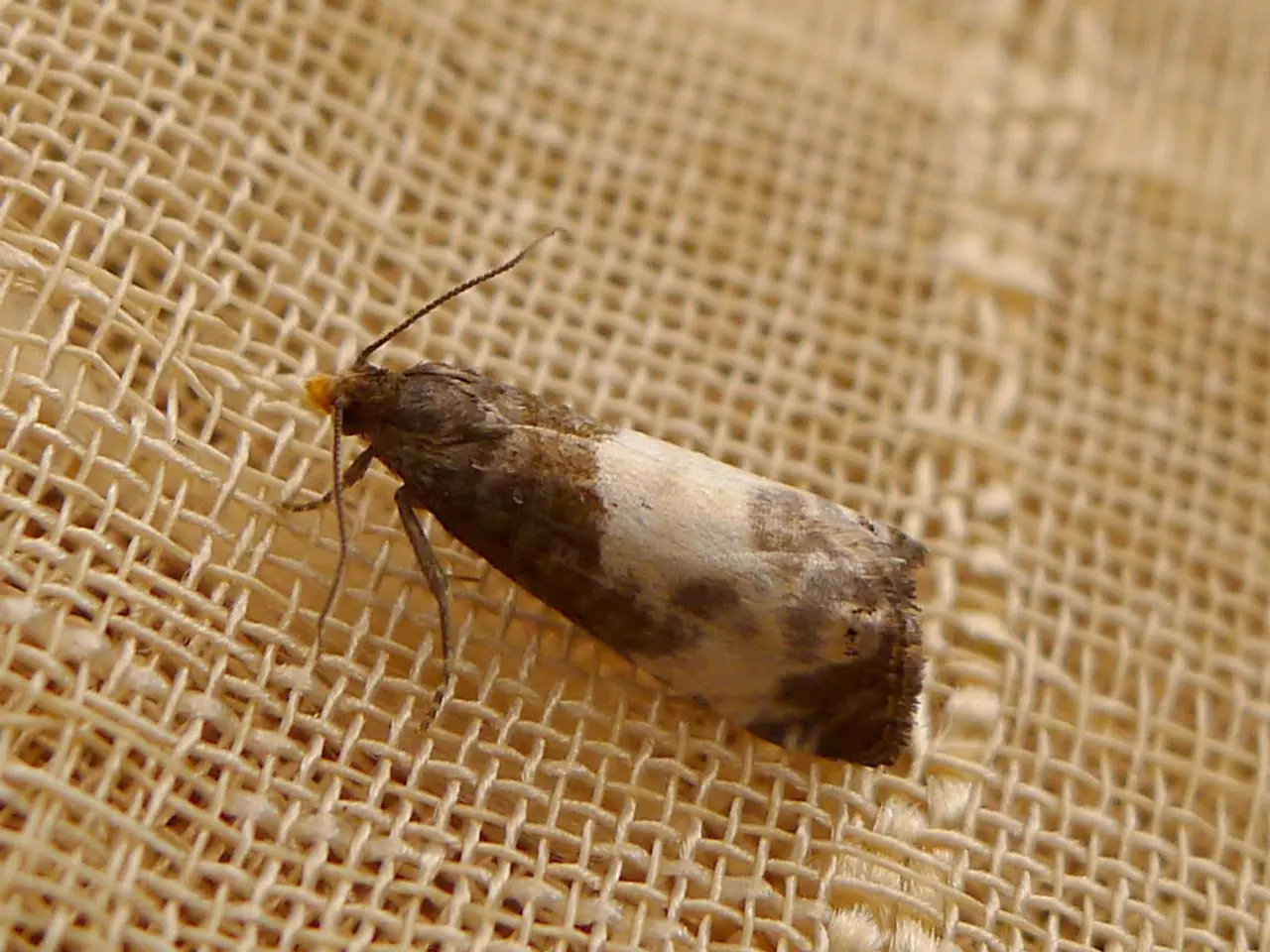Breast Rash: Understanding Causes, Remedies, and Precautions
Rashes between the breasts can be a cause for concern, but understanding their common causes and appropriate treatments can provide relief. This article explores the various reasons behind these rashes, their symptoms, and potential treatments.
### Common Causes
Fungal infections, allergic contact dermatitis, intertrigo, infections like mastitis or breast abscess, eczema or nipple dermatitis, and rare but serious causes like Inflammatory Breast Cancer or Paget’s disease are the primary culprits behind rashes between the breasts.
Fungal infections, such as candidiasis, thrive in warm, moist areas and are often characterised by itching, redness, and sometimes scaling or cracking of the skin. Allergic contact dermatitis is triggered by contact with allergens or irritants, causing red, itchy bumps or rash, sometimes with swelling or blistering. Intertrigo is a rash caused by skin-to-skin friction and moisture, often occurring in warm, sweaty conditions.
Mastitis and breast abscesses, while more commonly involving the breast tissue, can present with redness, pain, swelling, and sometimes rash-like skin changes. Eczema or nipple dermatitis can affect the breast folds and nipple area, causing redness, flaking, and irritation. Rare but serious causes like Inflammatory Breast Cancer or Paget’s disease can mimic rashes with redness and skin changes but are usually associated with other breast abnormalities and should be promptly evaluated.
### Treatments
Treatment depends on the cause. Fungal infections can be treated with antifungal creams or powders, while maintaining the area clean and dry is essential. Allergic or irritant dermatitis can be managed by avoiding known triggers, using topical steroids or antihistamines to reduce inflammation and itching, and practicing soothing skin care. Intertrigo requires maintaining dryness, barrier creams, and if infection is present, topical antifungals or antibiotics may be necessary.
Mastitis or abscess typically requires antibiotics, pain relievers, proper hydration, and continued breastfeeding or pumping to empty the breast. General rash care includes cool compresses, anti-itch creams, gentle cleansing without soap, and avoiding scratching.
### When to Seek Medical Advice
Prompt evaluation by a healthcare provider is necessary if the rash persists or worsens despite home treatment, there is associated pain, swelling, warmth, or fever suggestive of infection, the rash causes blisters, open sores, or raw skin, there are nipple discharge, lumps, or other breast abnormalities, the rash spreads rapidly or is accompanied by systemic symptoms such as fever, chills, nausea, or vomiting, signs of an allergic reaction occur, or if the cause of the rash is unknown.
In summary, common causes of a rash between the breasts include fungal infections, allergic dermatitis, intertrigo, and infections like mastitis. Treatment depends on the cause but often involves antifungals, antibiotics, or anti-inflammatory measures. Medical advice is necessary if the rash is severe, persistent, spreading, associated with systemic illness, or if there are red flags like nipple changes or breast lumps.
- Fungal infections and even eczema or nipple dermatitis, both common causes of breast rashes, can manifest symptoms like itching, redness, scaling, or cracking on the skin.
- Rare medical-conditions such as Inflammatory Breast Cancer or Paget’s disease, although uncommon, can mimic rashes yet may be associated with other breast abnormalities like lumps and require prompt medical evaluation.
- In instances of breast rashes caused by fungal infections, maintaining good skin-care practices like keeping the area clean and dry, and applying antifungal creams or powders can aid in the treatment.
- The mental-health of women often becomes a concern with skin-related issues, and in the case of breast rashes, seeking medical advice is crucial when the rash persists, spreads rapidly, or is accompanied by systemic symptoms.
- Proper healthcare and health-and-wellness involve seeking medical advice if the cause of the rash is unknown, or if the rash is severe, persistent, or associated with unusual signs or symptoms like nipple discharge, breast lumps, or systemic illness symptoms.




